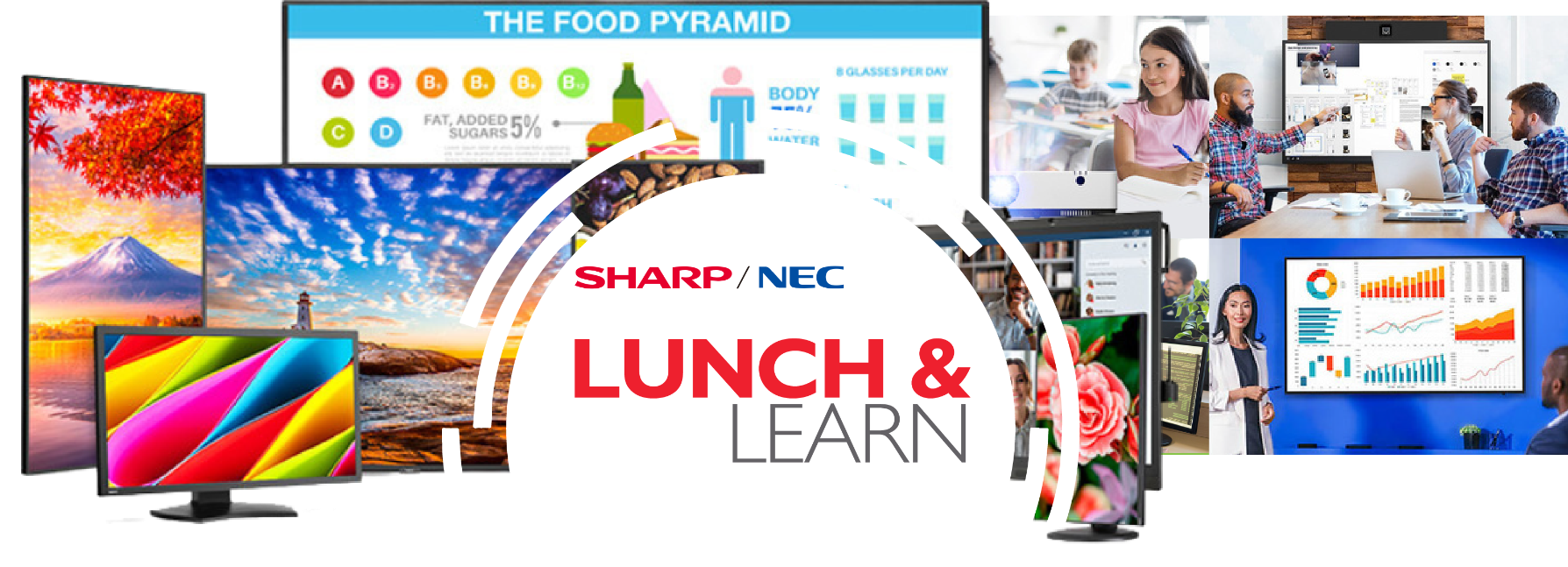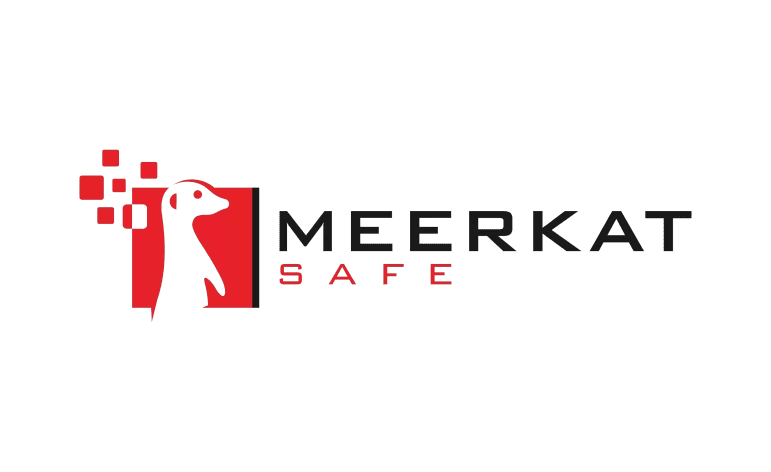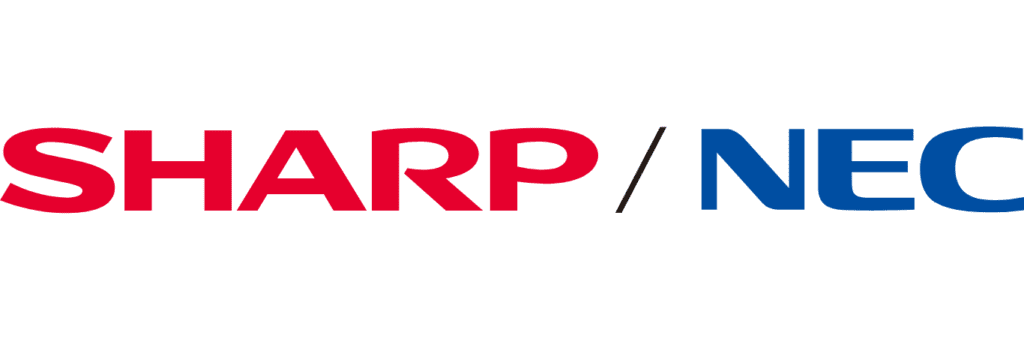In today’s fast-paced business environment, meeting your audiovisual needs is essential for effective communication and collaboration. Whether it’s for a conference room, classroom, or large venue, the right A/V technology can make a significant impact. Document Solutions Inc. (DSI) provides comprehensive audiovisual solutions to enhance your business’s communication and collaboration capabilities.
What Is Audio Visual Technology?
What is audiovisual technology? Audiovisual (A/V) technology refers to the integration of sound, video, and lighting elements to create an immersive experience. It includes a wide range of equipment like projectors, interactive displays, microphones, speakers, and video conferencing systems. These technologies are crucial for businesses to deliver engaging presentations, facilitate meetings, and connect with remote teams.
A/V technology plays a pivotal role in modern business environments. With the rise of remote work and hybrid meetings, the demand for reliable and advanced A/V systems has increased. Understanding the different types of audiovisual equipment available can help businesses make informed decisions when choosing the right solutions.
Types of Audio Visual Technology and Equipment for Businesses
When considering audiovisual solutions for a business, it’s essential to be aware of the different types of A/V technology that can be integrated into your workspace.
Here’s a brief overview of some of the most common types of audiovisual equipment:
- Projectors and Displays: Essential for presentations, projectors, and digital displays help deliver visual content clearly to an audience. Interactive displays also enable collaboration in real-time, making them ideal for meetings and educational environments.
- Audio Systems: Microphones, speakers, and amplifiers ensure that sound is delivered clearly across any room, whether it’s a small conference room or a large auditorium. High-quality audio systems are crucial for effective communication during meetings.
- Video Conferencing Systems: With the growing need for remote communication, audio video conferencing systems have become indispensable. These systems combine cameras, microphones, and displays to facilitate seamless virtual meetings.
- Control Systems: These systems allow you to manage all your A/V equipment from a single interface. This can include adjusting the lighting, controlling the volume, or switching between different presentation modes.
By understanding the different types of audiovisual aids, businesses can better determine which equipment will best meet their needs and improve their overall communication and collaboration efforts.
Key Factors to Consider When Choosing Audio Visual Conferencing Equipment
Selecting the right A/V equipment for your business requires careful consideration of several factors. Here are some key points to keep in mind:
- Room Size and Layout: The size and layout of the room where the equipment will be used can significantly impact your choice. For instance, larger rooms may require more powerful speakers and projectors, while smaller rooms might benefit from more compact and versatile equipment.
- User Experience: The ease of use of the equipment is crucial. Employees should be able to operate the A/V systems without extensive training. Look for user-friendly solutions that offer intuitive controls and seamless integration with existing technology.
- Scalability: Consider the future needs of your business. Choose equipment that can be easily upgraded or expanded as your business grows. This ensures that your investment in A/V technology remains valuable over time.
- Compatibility: Ensure that the new A/V equipment is compatible with your existing technology. This includes considering whether the systems can integrate with your current software, hardware, and network infrastructure.
- Budget: While it’s important to invest in high-quality A/V technology, it’s also essential to stay within budget. Look for solutions that offer the best value for your investment without compromising on quality or functionality.
By taking these factors into account, businesses can select A/V systems that not only meet their current needs but also provide room for future growth.
List of Audio Visual Equipment for Your Business
Creating an audiovisual equipment checklist is a practical step in ensuring that your business is fully equipped to meet its A/V needs.
Here’s a list of audiovisual equipment that every business should consider:
- Interactive Displays and Whiteboards
- Projectors and Screens
- Microphones (Wired and Wireless)
- Speakers and Amplifiers
- Video Conferencing Systems
- Control Panels and Remote Controls
- A/V Cables and Connectors
- Mounts and Stands
This list covers the essentials, but your specific needs may require additional items. A well-rounded business audiovisual setup is vital for ensuring clear communication, effective presentations, and productive meetings.
At Document Solutions Inc., we offer a wide range of business A/V solutions tailored to your needs. Download the Knock Down Barriers With A/V e-book to learn more about how A/V can enhance your business’s efficiency, and contact DSI today to learn more about our audiovisual solutions.

Jocelyn Gorman, the Executive Vice President of DSI, possesses a deep understanding of the unique requirements of growing businesses. With over a decade of experience collaborating with clients across various industries, she closely collaborates with her Sales Team to develop and implement tailored technology solutions. These solutions aim to enhance office productivity and minimize operational costs. Her remarkable ability to effectively address business challenges has garnered recognition from prestigious publications such as the Cannata Report and Family Business Magazine.


































